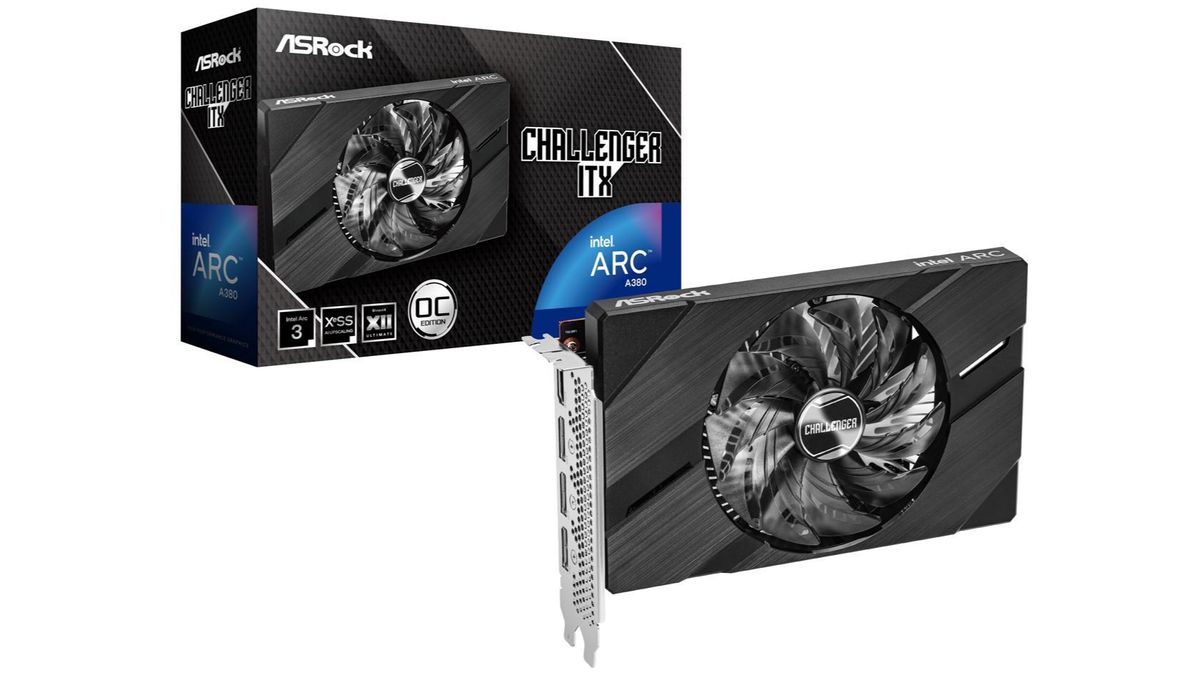7 Best Laptops and Tablets for College Students (2022): Cheap, Gaming, Portable
The important thing to remember is that there is no single correct choice here. The laptop that’s best for your college experience depends on what you’re doing at college. An English major with long reading lists and many papers to write might do better with an iPad and a nice accessory keyboard. A computer science major who needs to compile software or run Linux will need a laptop they can tinker away on.
That said, here are some basic metrics to keep in mind for laptops:
Processor
- Windows: If you’re getting a Windows machine, your main options for the processor are Intel and AMD. Both will work, but each has its strengths and weaknesses. For a more complete guide to the differences, see our full guide to buying a laptop.
- Chromebooks: These browser-based machines use half a dozen different processors, most of which you’ve probably never heard of. There’s a reason for that: Those processors are slow. My recommendation when buying a Chromebook is to go with a more powerful processor if you can afford it. The Core m3 chip is the best choice for most students. If you want a more powerful, future-proof machine, get a Core i3 or i5 chip. There are also ARM-based Chromebooks, like the Lenovo Duet. They aren’t quite as speedy as the Intel Core chips, but in most cases, they’re just fine for college workloads.
- MacOS: Apple is making its own processors now, notably the M1 chip found inside the MacBook Air showcased above. More powerful models like the MacBook Pros feature the M1 Pro and M1 Max chips.
RAM
Regardless of which OS you choose, the minimum amount of RAM you want in your laptop is 8 gigabytes. That’s enough memory to keep your computer feeling snappy even if it’s running under load. That much RAM will also keep the machine feeling spry longer into its lifespan. If you can afford it—especially if you plan to edit photos or videos as part of your coursework—go for 16 gigabytes.
Screen
Screens vary tremendously, but don’t settle for anything less than 1080p. For a 13-inch laptop, 1080p is sharp enough. If you’re going with a bigger laptop, 2.5K or even 4K screens will really improve the viewing experience. If you’re trying to play games as well, be sure to get something with a higher refresh rate—120 Hz or 144 Hz will more than satisfy.
Weight and Battery
Don’t forget you’ll be lugging this thing around campus. It may well be tugging on your back for eight hours or more. One pound may not seem like much, but at the end of a long day of walking, you will notice the difference between a 3-pound laptop and a 4-pound laptop. Trust me. Also, maybe pick out a nice bag to carry your computer.
Similarly, battery life is very important when you’re (potentially) away from a wall outlet for extended periods. Whatever you end up getting, make sure it’s capable of lasting at least eight hours under real-world use—browsing the web, editing documents, writing emails, and taking notes.


